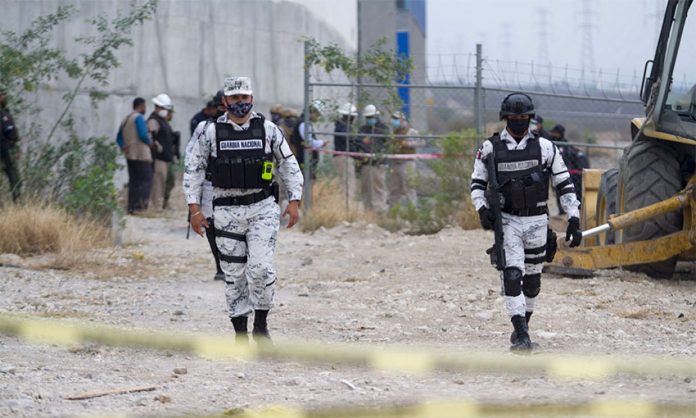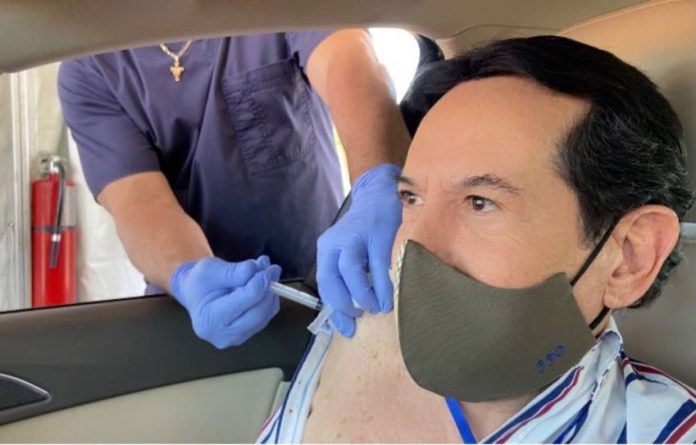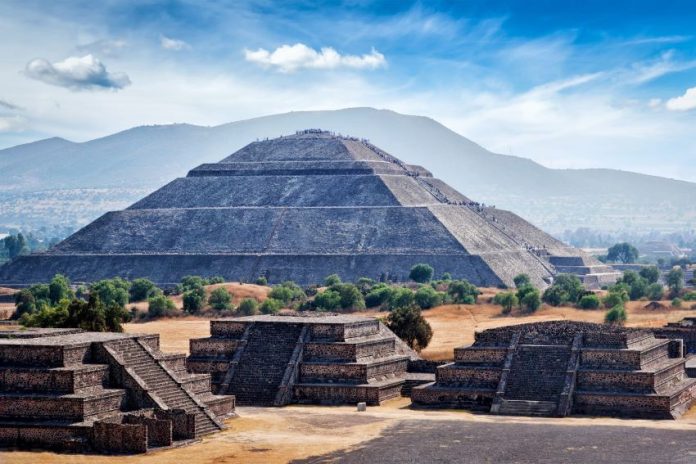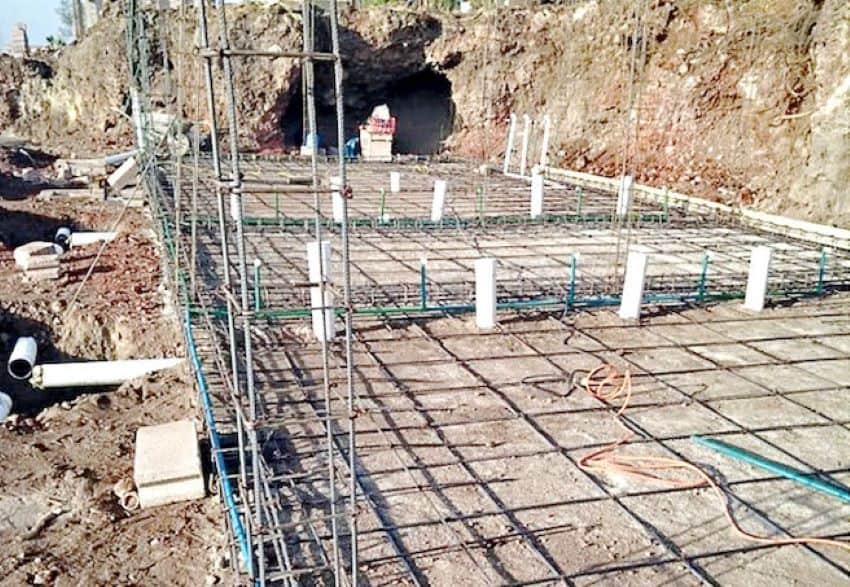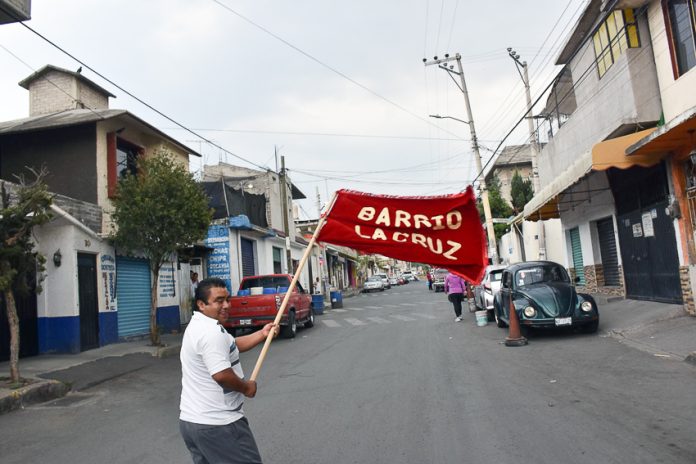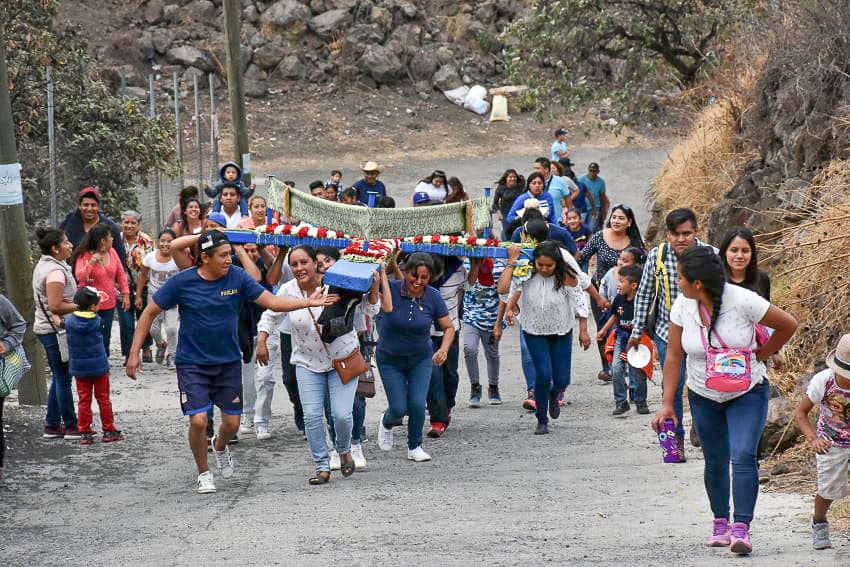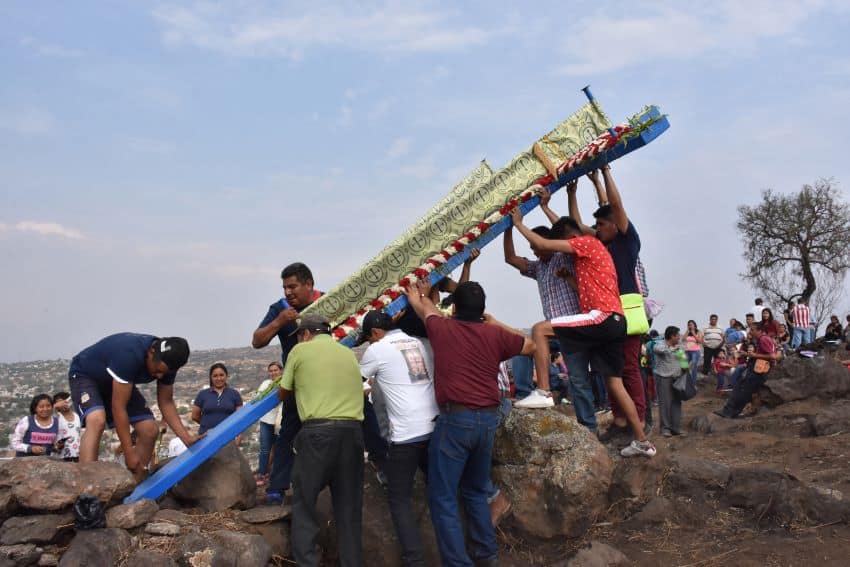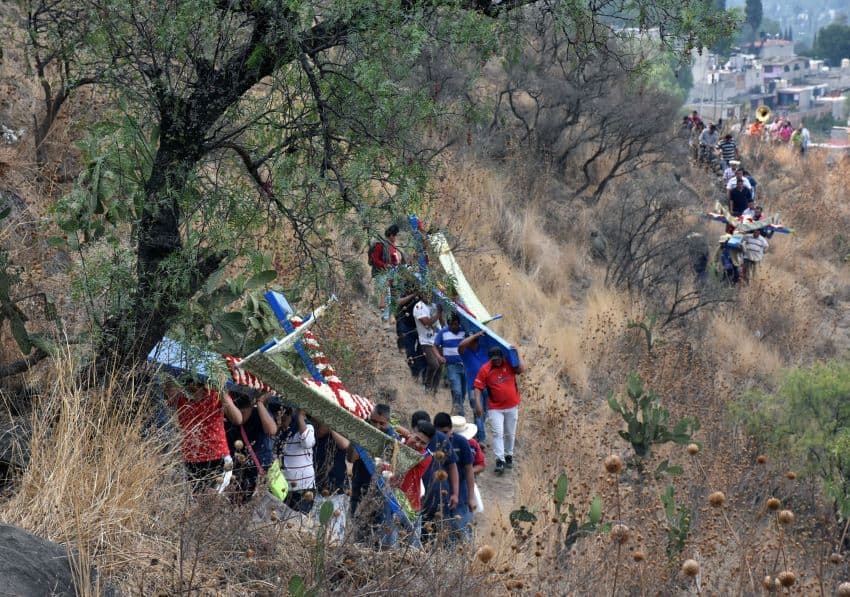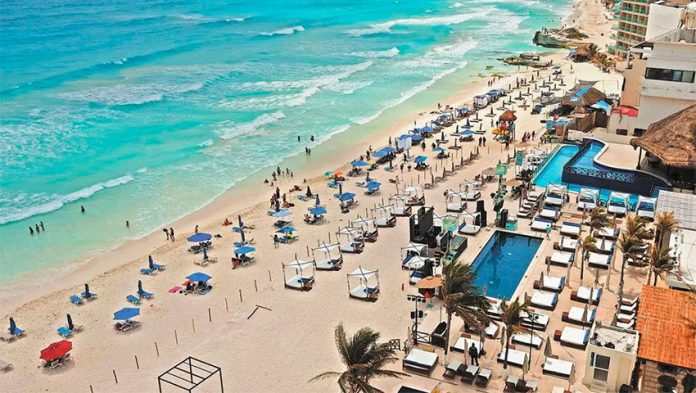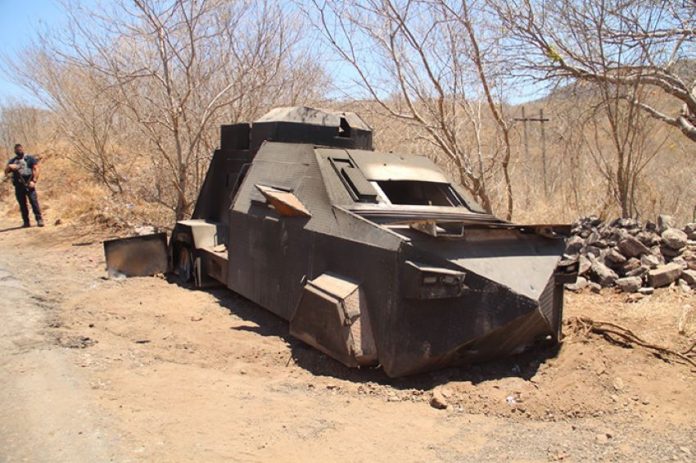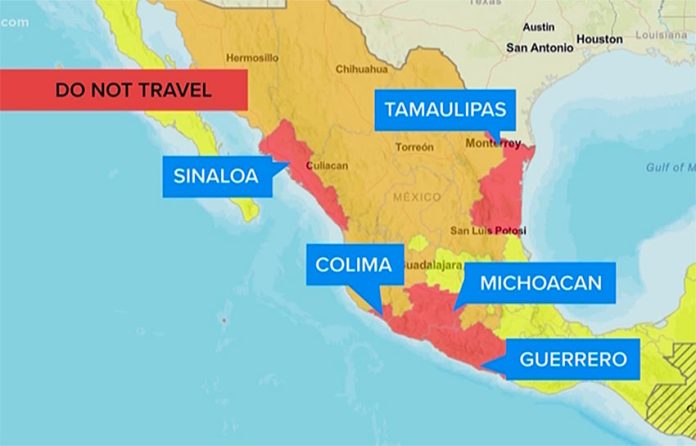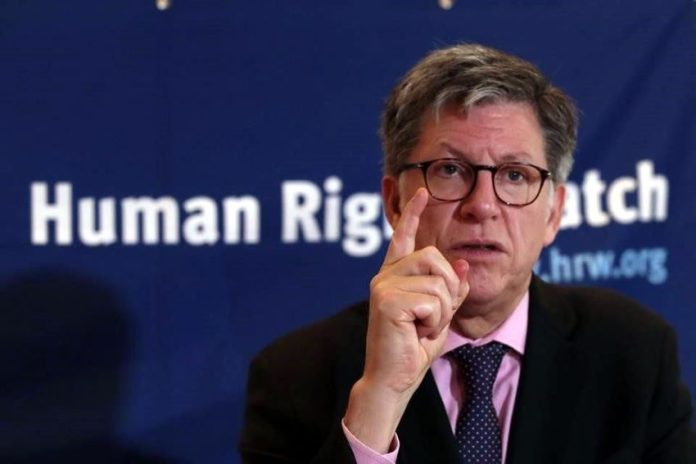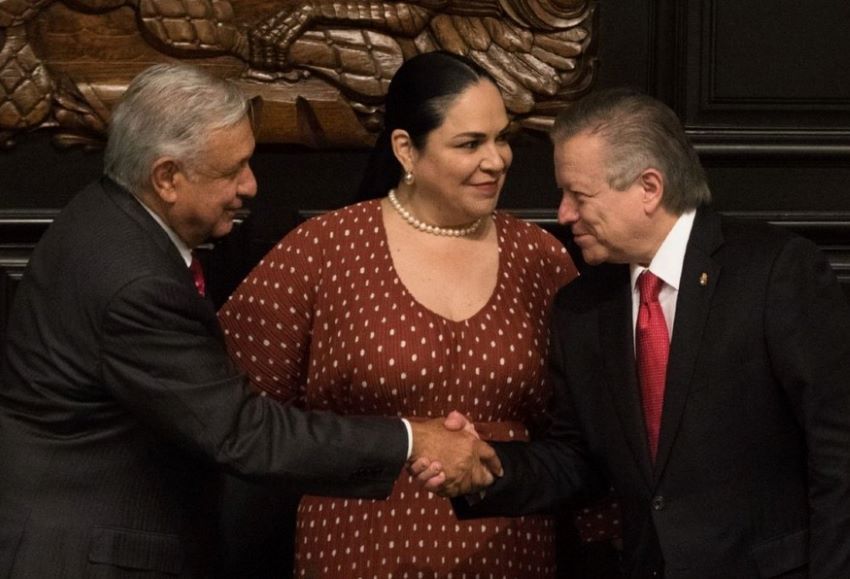It sounds like a hippie’s dream, traveling around Mexico in a van, giving puppet shows to rural children to pay the bills.
“To do theater is a lifestyle choice,” says Sandra Reyes, who with Ángel Ledezma forms A Escena Teatro. For 20 years, they have been driving around rural Mexico, continuing a long but vanishing tradition of traveling shows.
Reyes and Ledezma met working with a more conventional theater group called Trasluz. After it dissolved in the 1990s, it was Ledezma’s idea to look into puppetry, but Reyes was quite hesitant at first.
Reyes had loved the stage since she was a small child, following her father when he performed with his band. But she was unsure that she could shift her acting skills from her body to an inanimate object, nor did she have the skills to make the puppets. However, she says “…when I began to animate the puppets and tell stories with them, I fell in love.”
Basically, A Escena’s training as puppeteers has been on the job. They began by traveling to wherever there were workshops on the making and working of puppets, which led to traveling performances.
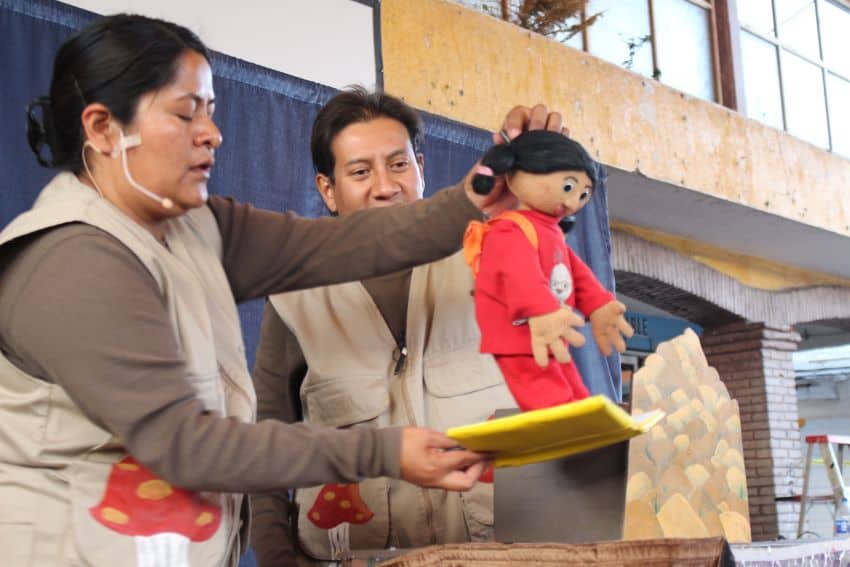
The focus on travel has been important because “we became convinced that art and culture are rights for children, and we saw performing arts productions were limited to larger cities.”
There are still many places in Mexico where the mass media and the internet do not reach — highly isolated communities deep in rugged mountains. The lack of connectivity and infrastructure leaves a large gap in cultural services, one that A Escena tries to fill.
That means many days and hours on winding mountain roads in a van filled to the brim with everything they need. From their base in Puebla, they have visited many parts of Mexico and even abroad, although their work is concentrated in the center of the country into Oaxaca.
Driving back mountain roads can be dangerous but rewarding as well. Some are so narrow and in poor condition that only one car can pass at a time. They have had run-ins with paramilitary groups and decided to cut back travel in some of the most dangerous areas of the country.
But even this aspect of rural Mexican travel can have its silver lining. Reyes says that when they get stopped at military checkpoints by soldiers who want to know what is in the van, their faces cannot help but soften when they are confronted by a myriad of puppets. The pair also gets to take in some of the most beautiful natural scenery in the country.
However, their main reward is performing for their audiences. Their plays are original works written by Ledezma. The puppets are the stars, but the puppeteers are visible onstage.

Reyes states that there are cultural differences among children in Mexico. Those from warmer climates tend to be more engaging, and those from colder climates more reserved. Perhaps a little shocking is that children from the border areas tend to encourage conflict and even violence with their shout-outs during shows. Reyes attributes that to the violence they live with on a daily basis.
Even after the pair have left, they receive letters and drawings from children about how the shows affected them.
Although the shows are important, the Reyes found that they were not enough. A Escena has added workshops for the making and working of puppets for the same children that they perform for. Several years ago, Reyes took a workshop on art dolls by master craftswoman Mayra René which not only introduced her to new techniques to create more sophisticated pieces, it also focused on the importance the human figures can have even outside of a stage.
The experience led her to create a new project called Sueños a Mano (Dreams by Hand). The project’s first workshop was working with parents and other relatives of people who have disappeared in southern Veracruz. It resulted in 14 dolls, many with embroidered “tattoos” that the participants used to express their feelings. Reyes hopes to exhibit the collection soon.
Bringing culture to marginalized communities requires ingenuity even in the best of times. With a pandemic, the challenge increases exponentially. Previously, all of their equipment was loaded into a truck and performances took place in kiosks and other public spaces. With these cordoned off, Reyes and Ledezma decided to make the van itself the stage to allow them to perform anywhere they were welcome, even if just at individuals’ homes. This innovation brought them a new round of attention from both cultural authorities and Mexican media.
For all the importance that creativity has in this “lifestyle choice,” there are practical reasons why Reyes and Ledezma have been able to do this work for over 20 years: first, the two have an exceptionally good working relationship. Reyes stresses that there is no romantic involvement, but the respect and trust they have for each other as artists is very evident. She is the stronger performer, and he is the writer and “lander” of projects.
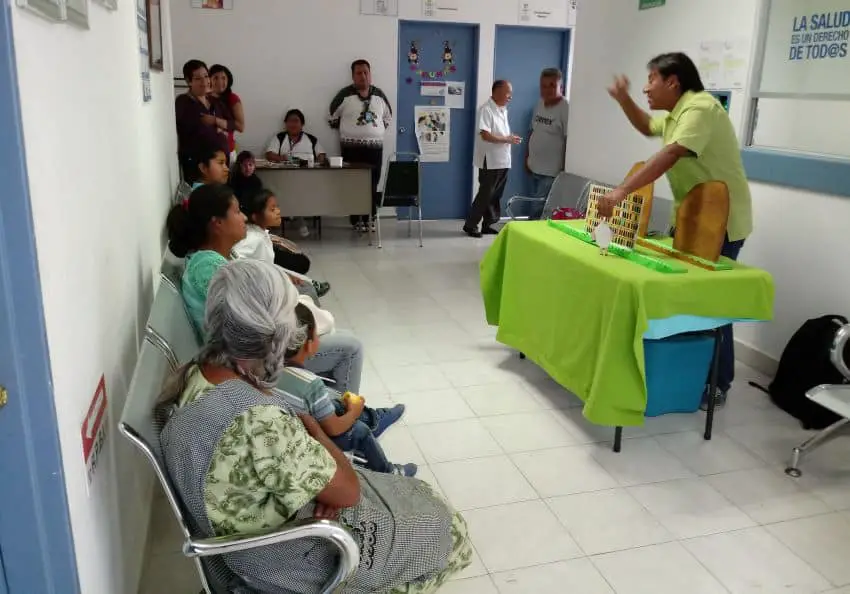
Perhaps more importantly, they manage the financial ups and downs of show business better than most performance organizations, making sure that there are funds set aside to take advantage of the next opportunity, and, of course, get by when a pandemic strikes.
Leigh Thelmadatter arrived in Mexico 18 years ago and fell in love with the land and the culture in particular its handcrafts and art. She is the author of Mexican Cartonería: Paper, Paste and Fiesta (Schiffer 2019). Her culture column appears regularly on Mexico News Daily.

